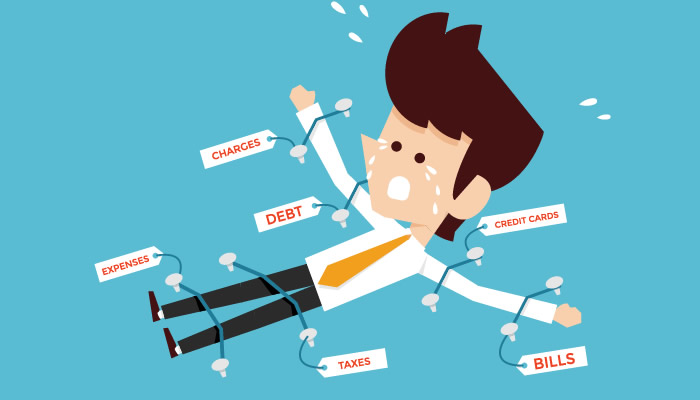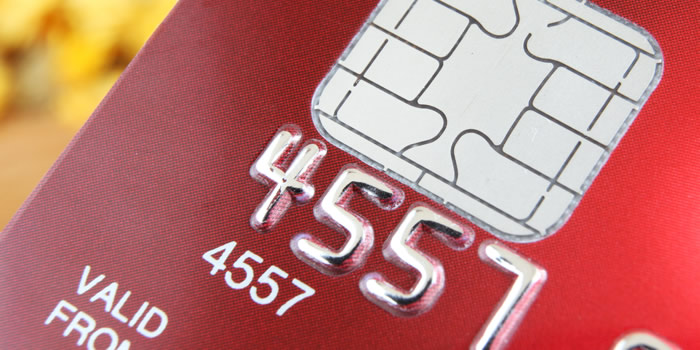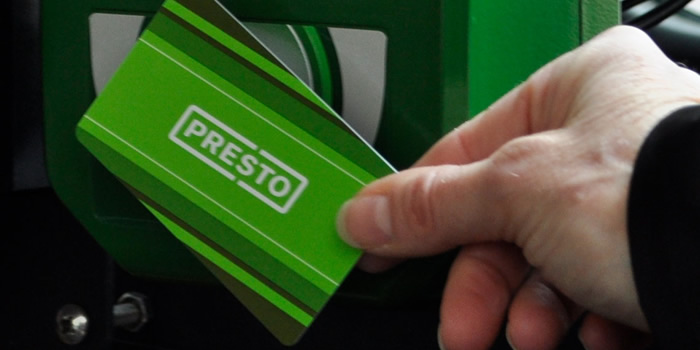2 Popular Ways of Getting Your Household Debt Situation Under Control
Posted January 20, 2016 - updated June 16, 2016 in Debt, Personal Finance
We’re three week into 2016 – how are your financial goals shaping up for this year? Paying down debt is one of the top financial goals for Canadians. While setting the goal to pay down debt is a good first step, putting an action plan into place and sticking to it is a lot more difficult.
Debt repayment is a major concern for Canadians and with good reason. Household debt hit a new record in the third quarter of 2015. The average Canadian now owes $1.64 in debt for every dollar of disposable income. According to the latest figures from Statistics Canada, household debt reached 163.7 percent of disposable income in the third quarter of 2015. That’s up slightly from 162.7 percent in the second quarter.
Canadians can’t seem to get enough of low interest rates, piling on debt at an alarming rate.
“We’ve never been at this point in history before with such high debt levels, so we don’t have any historical reference to say we’ve reached a tipping point,” said Hap Sneddon, the president of portfolio management company CastleMoore Inc. “It’s just that the water is continuing to rise.”
Jeffrey Schwartz of Consolidated Credit Counselling Services voiced similar concerns over the looming household debt crisis.
“Over 2015, we saw an increase. It was a very busy year for us,” he said. “It signals to us that people are having some immediate problems with managing their debt.”
So far Canadians have done a good job with keeping out with household debt. Delinquency rates remain lows. That being said, households are leaving themselves vulnerable. If the unemployment rate shoots up or interest rates start to rise, many Canadians will be in for a rude awakening. You only have to look as far as Alberta, dealing with the aftermath of low oil prices. Alberta, home to the highest household debt in Canada, is dealing with spiking delinquency rates.
Dealing with Debt: Debt Stacking and Debt Snowball
Recognizing you have a debt problem is a good first step, but you’ll need to take steps to get your debt situation under control. Two popular ways to repay debt are the debt snowball and debt stacking methods.
With the debt stacking method, you make a list of all your debts in order from highest to lowest interest rate. Start by repaying the debt with the highest interest rate, while only making the minimum on your other debts. For example, if you have credit card debt at 20 percent, a car loan at 6 percent and a line of credit at 5 percent, you’d focus on the credit card debt until it’s fully repaid, and then start paying back the car loan and then finally the line of credit.
A second popular method is the debt snowball method. With this method, you focus repaying the debt with the lowest outstanding balance, while paying the minimum payments on your other debts. This is supposed to motivate you to repay your debt, since you’ll pay off one debt at a time, although it doesn’t always make the most sense, especially if you’re carrying high-interest credit card debt.
The Bottom Line
Interest rates may be low right now, but who’s the say they’ll stay this way forever? Whichever debt repayment method you choose, make ridding yourself of debt a goal for 2016. Lastly, remember to use your credit card responsibly and avoid carrying a balance and getting in debt in the first place.




